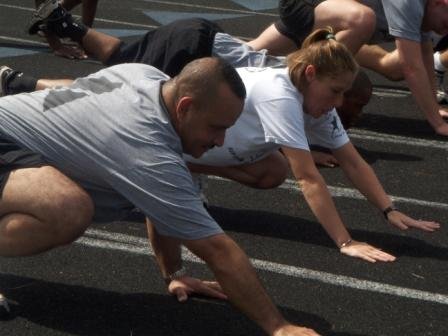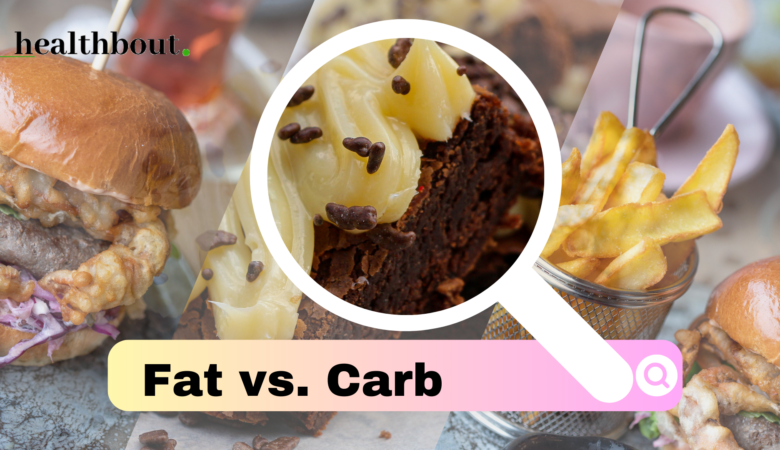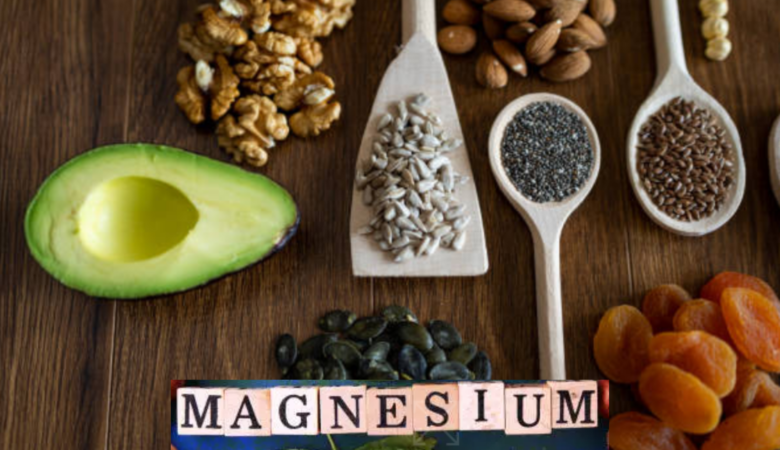Ketosis Signs and Symptoms, People are following a high-fat low carb diet plan and reaching out to the signs of achieving ketosis.
Have you got ketosis? Do you see the signs and symptoms of ketosis? How Do You Know You’re in Ketosis?
The ketogenic diet has been a way to lose weight fast among people. The chit chats overweight loss transformation, preventing diabetes, etc are highly featured with keto eating plan.
The main aim of keeping an appropriate diet is to achieve ketosis.
Here, your body uses stored fat as the energy source. The liver uses the stored fat to make ketones, and ketones are then used for energy – by releasing it back to the bloodstream.
How signs and symptoms will show, that you have achieved Ketosis- fat-burning mode?
Usually, if you are following the keto plan, the diet induces ketosis for burning more fat. The signs of ketosis show whether the diet is working or not.
What is Ketosis?
Ketosis means a metabolic process occurring at the stage when the body starts to burn body fat for its energy in the absence of enough carbs to burn. As a result, the process called ketone- chemicals produced by the liver.

A study suggests people with a ” well-formulated” including healthy fats in your keto diet plan consume around 1.5 gm of protein and less than 50 gm of carbs per day per kg of their body weight.
Signs and Symptoms you are in Ketosis
Still, some people find it hard to know when they get into ketosis.
In this article, there we list important signs and symptoms, help you in deciding are you in ketosis or not.
1. You are losing weight.
Some researches suggest that high fat and low carb foods are good for weight loss. Therefore, people can expect to lose some weight while following their ketogenic diet plan.

A research in 2013, also examined the findings and suggest, people, following high-fat foods eating plan, a ketogenic diet, may lose more weight than low-fat foods eating plan.
For the beginner in the ketogenic diet, he may be losing weight in the first few days. This is a reduction of water weight. After several weeks the true fat loss will come.
As long as you follow high-fat foods in the keto diet plan, by the end of the weeks, your body will probably enter ketosis. Although ketosis seems not necessary for weight loss but losing your weight quickly while restricting low carbs foods, shows you are on ketosis.
2. You are feeling thirstier than usual
Once you get into the ketosis, you feel thirstier than usual as a side effect of initial weight loss in the form of water. Due to restricting carbs intake and ketones production, the body loses water weight at a rapid rate.
The way to adapt keto life, water loss will be a side effect of it. Higher levels of the ketones in your body can also cause dehydration and imbalance to the electrolyte.
Research suggests dehydration is recognized as a side effect of the ketogenic diet, increases the high risk of kidney stones.
3. You are experiencing muscle cramps
Muscle cramps are among various signs and symptoms you feel more clearly in your first week while lowering net carbs in your keto food plan.

At the beginning of the ketogenic eating plan, you may experience a fall in your physical and mental performance. It starts initially while including healthy fat before you adapt to keto foods, or the benefits of ketosis starts experiencing by you. You need to stay hydrated at the starting days of the keto plan.
According to the Study 2014, Muscle cramping in a keto diet is commonly related to the problem of depleted electrolytes and dehydration.
These short term keto symptoms, show that you are in the process of ketosis. Soon, Your body starts to adapt to the restriction of high carbs foods and ketone burning. After some weeks, your body will be reenergized and more agile.
4. Ketosis headaches.
Once you start to include keto foods in your diet, you may also experience headaches in those days. Headaches are known to be the common side effect of the shift to a keto diet. These headaches may last from one day to one week. Some people may experience headaches for a long, so they need to visit a doctor.

The problem of headaches while following the ketogenic diet, is the result of less consumption of the carb in your diet plan.
High fat and low carb foods cause dehydration and imbalance in electrolytes.
Some recent research also suggests that the keto diet is a potential treatment for cluster headaches and migraines. Interestingly, some recent research suggests the ketogenic diet as a potential treatment for migraines and cluster headaches.
A Study suggests a ketogenic diet plan for people suffering from episodic and chronic migraine problems.
In another study, a ketosis diet is recommended as a potential treatment for drug-resistant cluster headaches.
Still, more intense facts are required to confirm the effectiveness of the diet plan following a high fat and low carbs foods.
5. Feeling weaker and tired
People usually feel a reduced level of energy at the starting days, as net carbs value of keto diet starts lowering. While following a ketosis diet plan, people may experience a more tired and weaker day than usual.
You feel tired because of the ketosis. The body shifts to a state of burning body fat for energy instead of burning carbs.
In a 2017 Study, tiredness was found as a common side effect while following the ketosis diet plan. But after some weeks, the body starts experiencing an increased energy level.
Some people may feel similar conditions for a week or longer, it can be a symptom of nutritional deficiencies. It is recommended to seek medical help.
6. Digestive issues

A ketogenic diet plan may come with some digestive issues if you are not adapted to the keto foods diet plan.
Keto may develop Diarrhea, constipation while including high fat and low carbs foods in your eating plan.
The following are some stomach issues common among various signs and symptoms for the people approaching a keto life.
1. Diarrhea:
Keto diet whether you are a beginner or not causes a water loss at the initial days. It also indicates that you are on track to ketosis or ketosis.
While restricting high carbs’ food consumption, the body falls into a state of burning ketones for energy. It changes the amount of water the body holds onto and release.
The diet plan limiting carbs food and body in ketosis leads to loss of water, and that’s hoe keto leads to Diarrhea.
2. Constipation:
As another common symptom of keto dieting, you may experience the problem of constipation for days.
The problem is a result of a change in your hydration status, mineral levels and fiber intake, which usually imbalanced in a ketogenic plan.
The best way to fend off the problem of constipation is to add keto-friendly foods in your eating plan.
Low carb keto vegetables, avocados, berries and supplements with magnesium, fiber sodium, and potassium, if needed intensively. Drink Plenty of water helps too.
7. Bad breath
Many of keto dieters may experience ” keto breath” or bad breath problem because of acetones in ketones. When the body comes into ketosis, it starts producing ketones including acetones as well.
A 2015 research, the body makes acetones its own, a similar chemical found in your nail polish remover.

Acetone easily makes its access into your lungs, as it is quite a smaller molecule. So, while you exhale them out, it results in ” keto breath.”
You may also feel the metallic taste, but it ends as you get used to a ketogenic diet.
Keto breath or bad breath does not indicate that you are in ketosis, rather it indicates that soon you will be in ketosis.
Soon you lose bad breath problems as you adapt to the keto diet plan.
8. Increase ketones level
To check ketones in the blood is the most promising sign of claiming that someone is in ketosis. A doctor may either take a blood sample or urine or breath test, to check for the ketones levels.
| Ketones Level | |
| Normal Serum Levels | Less than 0.5mM |
| Desired Levels for Ketosis | 0.5 to 3 mM |
| Ketoacidosis | More than 10 mM |
*The ketone levels shows common ketone levels, it may change due to multiple factors.
People can use indicator strips or breath analyzer for testing ketones in their breath.
Checking ketones levels through urine and breath tests, are known as less reliable blood samples.
Home testing kits allow measuring the blood ketones level at people’s homes.
When a person comes in nutritional ketosis, the blood ketones levels are between 0.5–3 millimoles per liter.
9. Difficulty in Sleeping
Difficulty in sleeping or Insomnia may be a side effect when you start adapting to a keto dieting plan.
At the beginning of the keto eating plan, the net value of carb foods restriction causes an increase in stress hormones before ketones production starts speeding up. It directly disrupts the sleep cycle and makes you unable to keep enough sleeping hours.
But need not to be worried for a long, once your body starts more keto-adapted, you will return to normal sleep. In the meantime, melatonin might be tried as an effective and safe natural sleep supplement.
Takeaway
Since the signs and symptoms of ketosis may from person to person, so it becomes difficult to know whether you are in ketosis or not.
Ketosis symptoms like Keto flu, Diarrhea, headaches, muscle cramps, constipation, etc are common while having ket foods with a healthy fat for the keto beginner as well. Use ketone measuring devices to know the ketones level.
Putting together all common signs of ketosis, you may identify you. But apart from all this, the question sneaks out of the mind.





